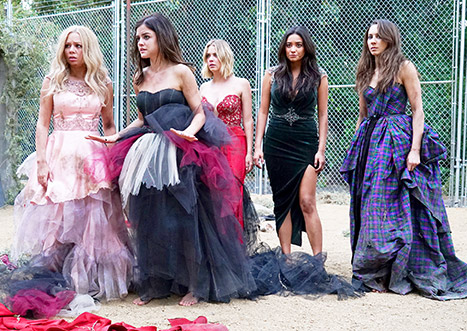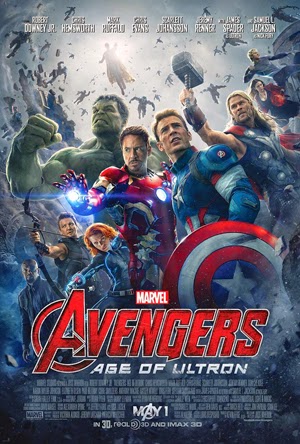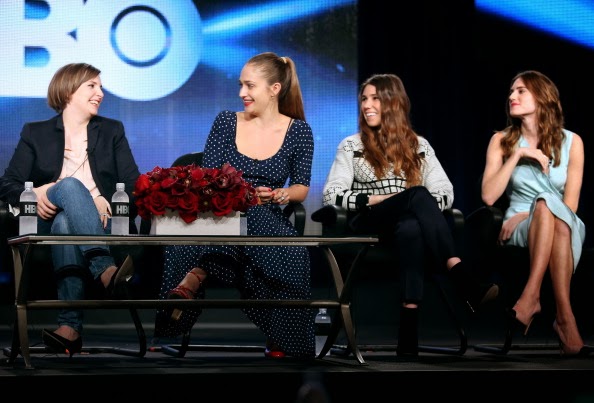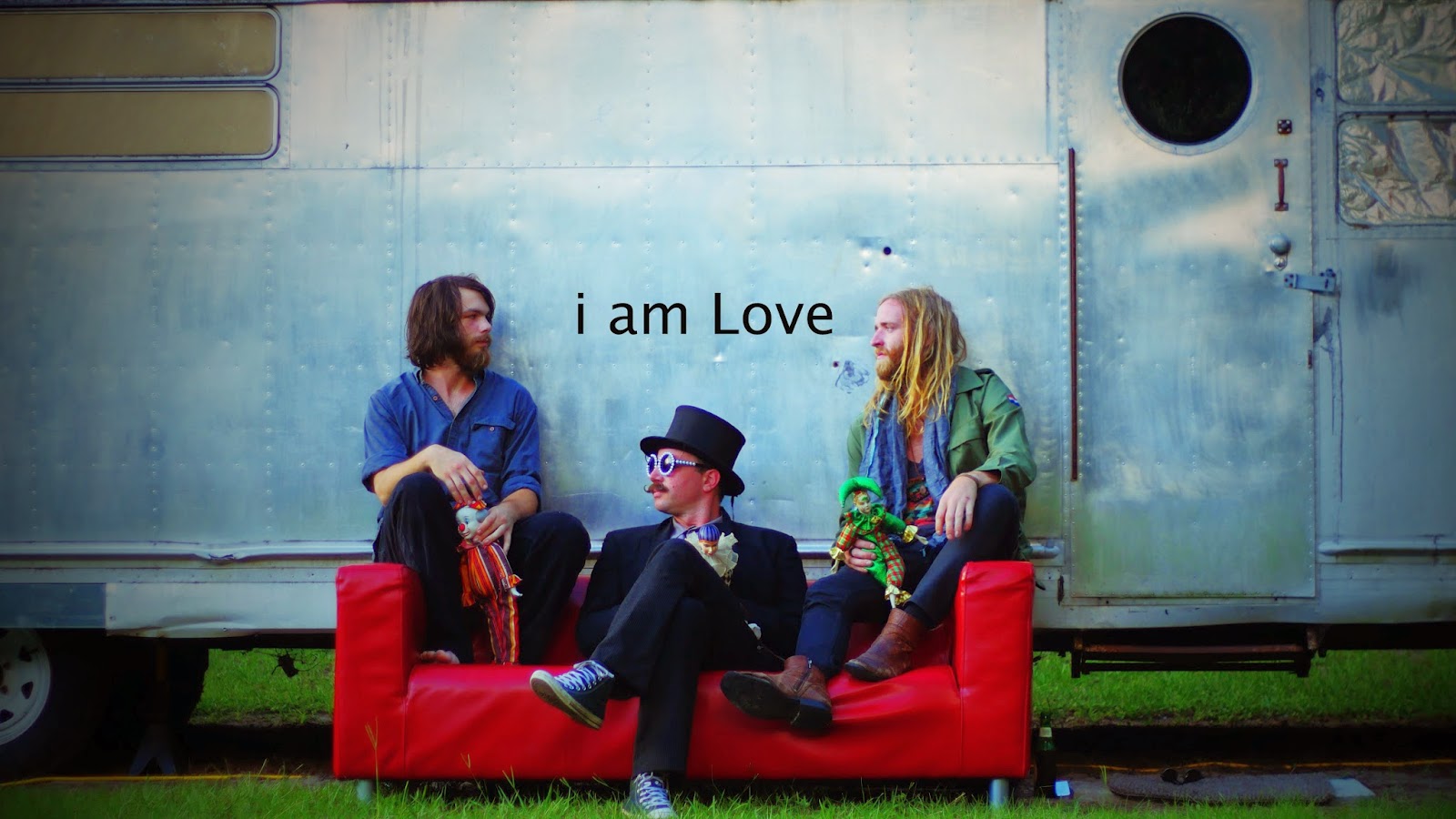by Melissa Scott, Writing Intern
Last Sunday (August 24), Miley Cyrus usurped attention again at the 31st annual MTV Video Music Awards show. This time it wasn't a self-promotional move. No twerking took place. This year, Cyrus elected to raise awareness for the millions of homeless youth in the United States. When her “Wrecking Ball” single was announced as the winner of the Video of the Year, it was instead Cyrus’ handsome and unassuming date, Jesse Helt, who took to the stage.
 |
| Photo by Jason Merritt/Getty Images for MTV |
Helt nervously but clearly urged a live audience, and a nation of television viewers, to support homeless youth. Dressed in a simple black suit, he read from a handwritten speech, explaining the situation he and many other invisible homeless individuals face on a daily basis. “I am accepting this award on behalf of the 1.6 million runaways and homeless youth in the United States who are starving and lost and scared for their lives. I know, because I am one of those people,” he announced to the hushed crowd of celebrities and fans. “I have survived in shelters all over this city…The music industry will make over $7 billion this year, and outside these doors are 54,000 human beings who have no place to call home.”
Helt admitted that while he was from Oregon, he was currently homeless and living on the streets of Hollywood. “I’ve cleaned your hotel rooms, I’ve been an extra in your movies, I’ve been an extra in your life,” he stated, while Cyrus stood nearby in tears. He ended his speech pleading viewers to learn more about homelessness by going to Cyrus’ Facebook page, where she launched a campaign during the broadcast to stop youth homelessness.
Cyrus’s (and Helt’s) statement met surprise even to the people of MTV, who had no idea that Cyrus would be sending Helt to accept the award. According to Mashable, only rapper Juicy J, who was seated next to Cyrus during the show, knew what was coming.
PR reps reported that Marlon Brando inspired Cyrus by his actions at the 1973 Academy Awards. Brando sent Sacheen Littlefeather to accept his award for Best Actor for his role in The Godfather. But unlike the general applause Helt received, Littlefeather attempted to read Brando’s statement on boycotting the ceremony, in protest of Hollywood’s treatment of Native Americans, amidst vicious taunts. In fact, throughout the relatively brief history of music award ceremonies, onstage protests from winners register a surprisingly small number. Past bands famously declined entrance to the Rock and Roll Hall of Fame, but only a handful of artists managed to walk on stage and use their award-winning moment to make a political statement.
 |
| Photo by Mark Davis/Getty Images |
Cyrus responded to the criticisms of her VMA date with outrage. She argued that attacking Helt individually completely missed the point of her message, and what she tried to accomplish for homeless youth. She tweeted, “People who are homeless have lived very hard lives, Jesse included... I hope this can be the start of a national conversation about homelessness and how to end it.” Cyrus further inquired, “Does looking down upon the homeless help people excuse their inaction? The media never fails to disappoint. You’ve chosen to go after Jesse instead of covering the issue of youth homelessness.” Finally she concluded, “While they obsess over one homeless man’s legal issue lets help the other 1.6 million homeless youth,” and added a link to a contest, where fans can donate $5 or more to help the charity, My Friend’s Place, a homeless center for young people in Hollywood.
Luckily the media’s fervor to ceaselessly put Cyrus in a bad light did not attenuate the reach of her message. Within 24 hours of Helt’s speech, donations to My Friend’s Place poured in, and continue to do so despite news of an alleged criminal past. Helt even turned himself in and posted bail at the Polk County Jail in Dallas, Oregon last night, August 28. He received support not only from Cyrus, but the local Dallas community, who announced their continued commitment to working alongside Cyrus and Helt to help the other 1.6 million youth who experience homelessness in America each year. The media may have missed Cyrus’ point, but viewers did not.










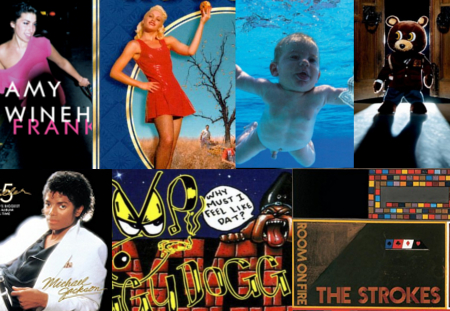

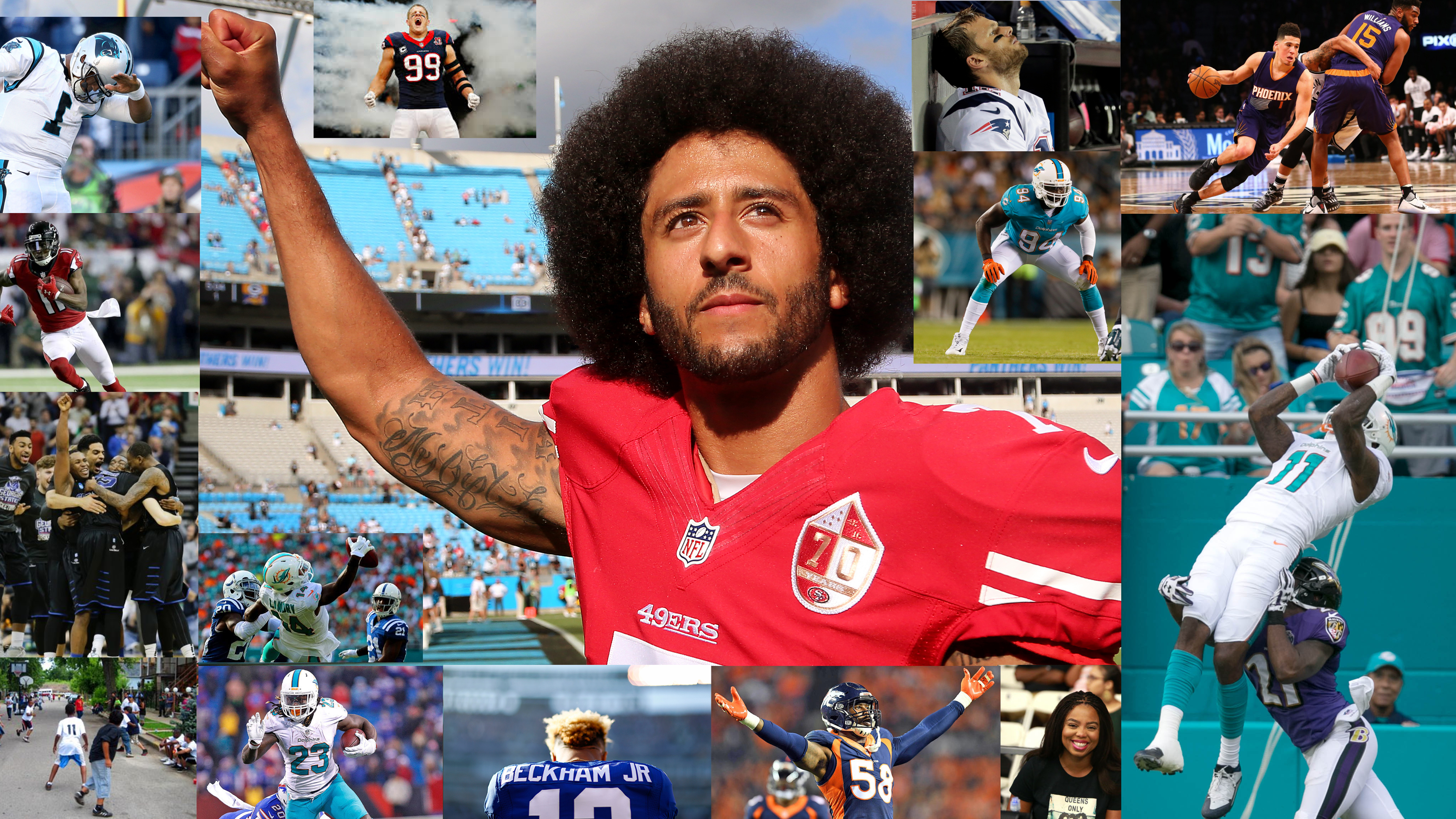



_01.jpg)

















